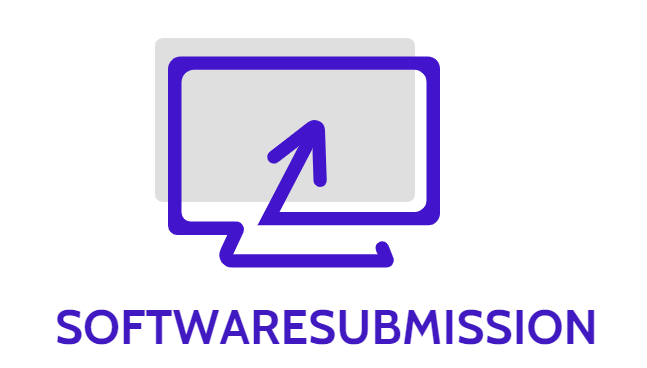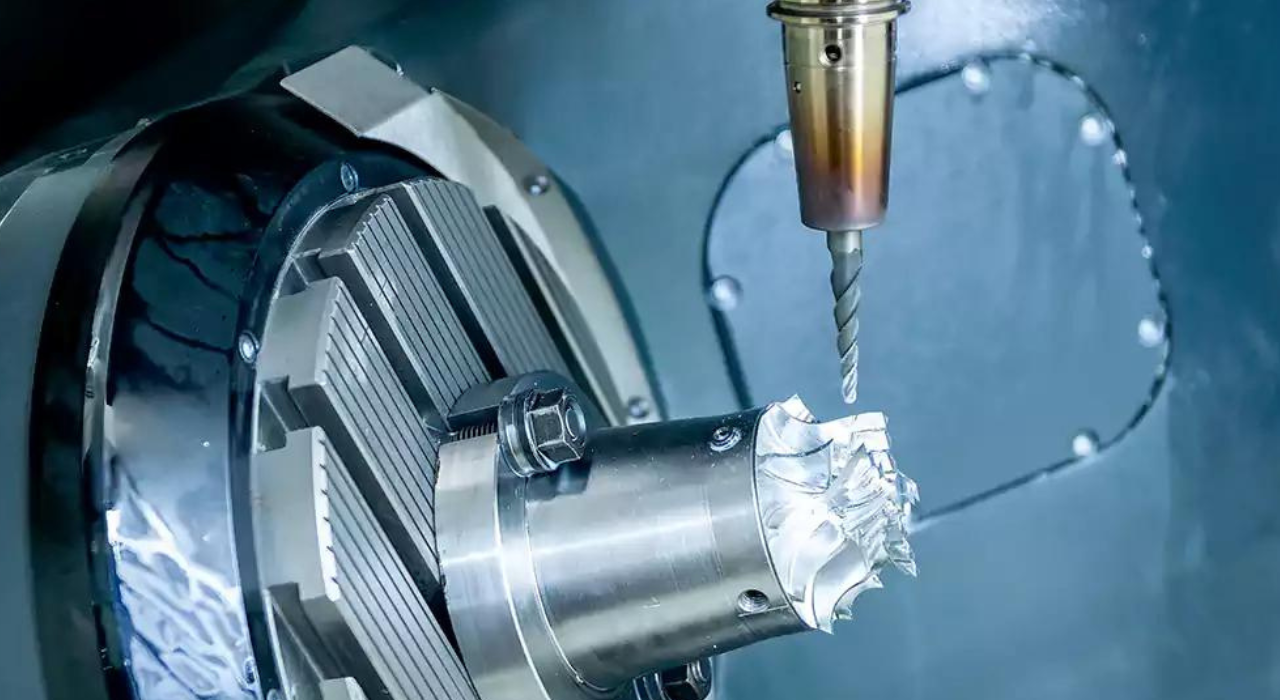Model machining plays a pivotal part in cutting-edge item advancement, serving as a bridge between introductory plan concepts and full-scale generation. This handle includes making a preparatory adaptation of an item utilizing prototype machining procedures, such as CNC processing, turning, and boring.
By leveraging these strategies, engineers and architects can assess the usefulness, aesthetics, and manufacturability of their plans sometime recently committing to mass generation. This exposition investigates the key benefits of utilizing model machining in item improvement, centering on zones such as plan approval, taken-a-toll proficiency, customization, speed, hazard decrease, and development.
The Key Benefits of Utilizing Model Machining in Item Advancement
Model machining quickens item improvement by empowering early approval, decreasing costs through iterative plan changes, improving customization, and encouraging quick emphasis. It minimizes dangers by testing physical models, speeds up time-to-market, cultivates advancement, and guarantees competitive advantage by refining plans based on real-world execution information.
Plan Approval and Testing
Model machining may be a significant device within the advancement handle, permitting originators to approve and test plans early on. It permits for real-world assessment of physical properties and execution, recognizing potential imperfections and regions for advancement. Emphasizing physical models makes a difference refine plans to meet particular necessities, guaranteeing the ultimate item performs as aimed. Model machining moreover encourages useful testing, confirming a product's solidness and performance under various conditions, guaranteeing unwavering quality and security guidelines.
Taken a toll Proficiency
Model machining could be a cost-effective approach to plan optimization, permitting companies to recognize and address plan imperfections early in the improvement preparation. This proactive approach anticipates exorbitant reviews, guarantee claims, and generation delays. By creating and testing physical models, engineers can rearrange the fabricating handle, decrease fabric squander, and minimize generation costs, driving more productive and cost-effective generation strategies and progressed item benefits.
Customization and Adaptability
Model machining gives tall customization and adaptability, permitting creators to investigate different plan-conceivable outcomes without the requirement for costly tooling and molds. This permits for simple generation of complex geometries and perplexing subtle elements, permitting for experimentation with materials, shapes, and highlights. Model machining underpins quick emphasis, making it important in businesses where advancement and flexibility are key competitive advantages. For case, within the restorative gadget industry, fast model testing can lead to more compelling and inventive items.
Chance Reduction
Model machining may be a vital apparatus in chance diminishment, providing a substantial representation of an item sometime recently full-scale generation. It makes a difference to recognize and moderate potential dangers early within the advancement preparation, avoiding exorbitant botches, and guaranteeing the ultimate item meets quality and security measures. For occasion, within the aviation industry, it permits engineers to thoroughly test components sometimes recently basic applications.
Speed and Time-to-Market
Model machining offers a critical advantage in businesses where time-to-market is basic. Not at all like conventional fabricating strategies like infusion molding, which can take weeks or months, model machining can create a utilitarian model in days, permitting for speedier plan cycles and input. This quickened improvement preparation gives companies a competitive edge by lessening prototyping time, permitting them to reply rapidly to showcase requests, capitalize on rising patterns, and seize unused trade openings.
Development and Competitive Advantage
Prototype machining could be a preparation that permits architects to rapidly and effectively create models, cultivating development and giving companies a competitive advantage. This handle permits for quick experimentation, pushing the boundaries of what's conceivable, and empowering the improvement of groundbreaking items that separate a company from competitors. It too facilitates communication and input among plan groups, engineers, and partners, guaranteeing the ultimate item meets all stakeholders' needs.
Conclusion
In rundown, model machining offers various benefits that make it an important instrument in item advancement. By empowering plan approval and testing, diminishing costs, giving customization and adaptability, quickening time-to-market, relieving dangers, and cultivating development, model machining makes a difference in companies creating high-quality items that meet advertising requests. As technology continues to develop, the role of model machining in item improvement is likely to end up indeed more basic, driving encouraging advancements in proficiency, quality, and development.


